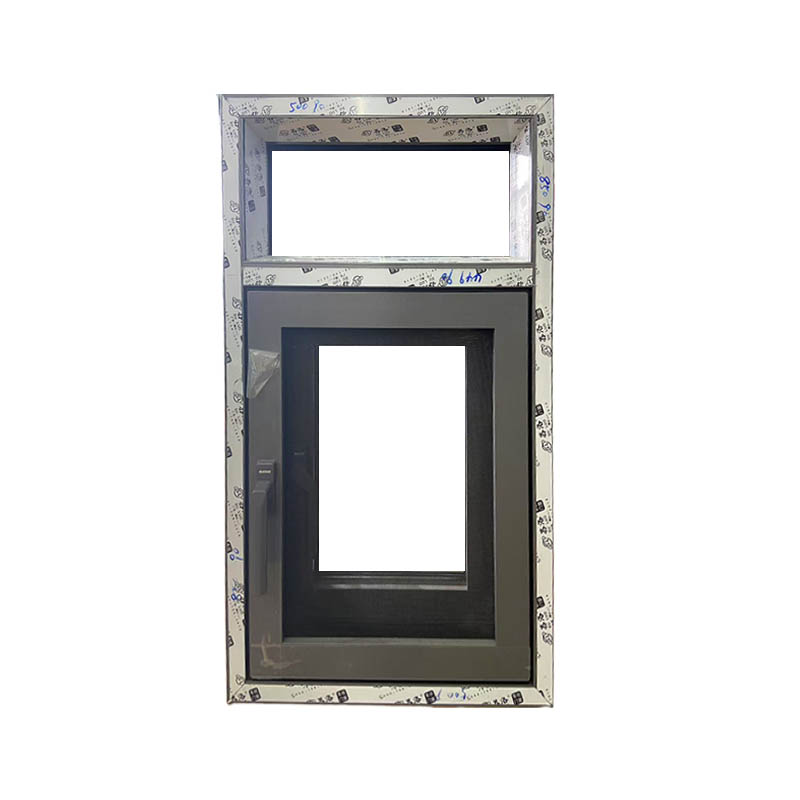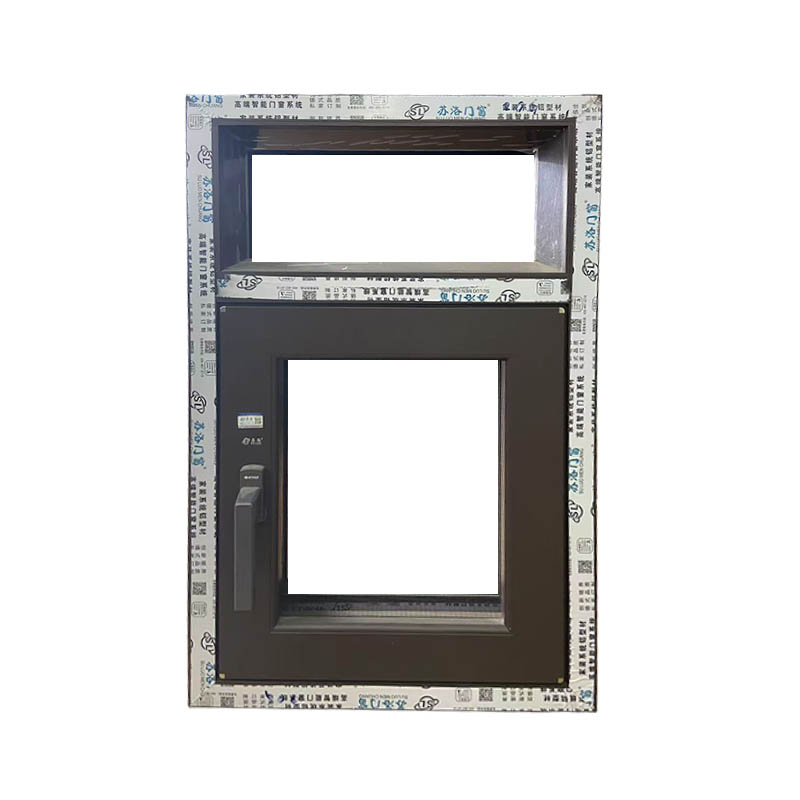What is the relationship between the sound insulation performance of a plastic steel sliding window and the number of glass layers?
Release Time : 2025-10-30
The sound insulation performance of plastic steel sliding windows is not simply a linear additive relationship with the number of glass layers. The core correlation lies in the physical intervention of the glass structure on sound wave propagation and the systematic effect of the overall window design. From an acoustic perspective, increasing the number of glass layers primarily weakens sound wave energy through the blocking effect of air or vacuum layers. However, this effect is limited by the combined influence of material properties, sealing technology, and window structure design.
At a basic level, single-pane glass has relatively weak sound insulation performance because it can only block some high-frequency sound waves through its own density, offering limited protection against low-frequency noise such as traffic rumble. When using a double-pane glass structure, the air layer between the two panes forms a buffer zone, requiring sound waves to undergo multiple reflections and energy loss during penetration, thus significantly improving sound insulation. If further upgraded to triple-pane glass, theoretically, the sound wave propagation path can be extended by increasing the number of air layers. However, actual tests show that if the spacing of the triple-pane glass is not properly designed or the material of the intermediate layer is inappropriate, it may actually weaken sound insulation performance due to resonance effects. For example, some manufacturers, in pursuit of improved parameters, adopt a triple-glazed, two-cavity design. Experiments have shown that this does not significantly improve sound insulation; in fact, the third glass layer can even interfere with the acoustic performance of the air layer, leading to a decrease in sound insulation.
The relationship between the number of glass layers and sound insulation performance needs to be comprehensively evaluated in conjunction with the sealing process. The sealing performance of plastic steel sliding windows directly affects the sound wave penetration path. If gaps exist between the window frame and the glass, or between the window sash and the track, even with multi-layered glass, noise can still enter the room through airflow or structural vibration. High-quality plastic steel sliding windows typically employ a multi-layered sealing strip design, filling the gaps with elastic material to form an airtight barrier. Only then can the effect of the glass layers be fully realized. Conversely, if the sealing process is poor, the sound insulation advantages of multi-layered glass will be significantly weakened.
From a materials science perspective, increasing the number of glass layers must balance the window's load-bearing capacity and structural stability. While PVC profiles have good flexibility, excessively increasing the number of glass layers will lead to a surge in window weight, potentially causing window frame deformation or hardware wear, thus affecting sealing performance. For example, if a three-pane plastic steel sliding window is used for outward-opening windows, the hinges may loosen due to the excessive weight of the window frame in strong winds, thus reducing sound insulation. Therefore, a balance must be struck between the number of glass layers and the strength of the window frame in practical design. Generally, a double-glazed structure is sufficient to meet the sound insulation needs of most residential scenarios.
Furthermore, the choice of the number of glass layers must match the type of noise. For high-frequency noises such as human voices and birdsong, multi-layered glass can achieve good results by blocking sound through the air layer; however, for low-frequency noises such as subway vibrations and airplane roars, simply increasing the number of glass layers has limited effect, requiring the combination of special materials such as laminated glass or vacuum glass. The PVB adhesive layer in laminated glass can absorb low-frequency vibration energy, while vacuum glass blocks sound wave propagation by eliminating the air medium. These technologies are less dependent on the number of glass layers and focus more on material innovation and structural design.
From the current market application perspective, double-glazed plastic steel sliding windows have become the mainstream choice due to their outstanding cost-effectiveness. They achieve basic sound insulation through the air layer while avoiding the increased costs and structural risks associated with excessive layers. Triple-glazed designs are often used in extremely noisy environments, such as buildings near airports or highways, requiring professional acoustic testing and customized installation.
The sound insulation performance of plastic steel sliding windows is essentially a synergistic effect of materials, structure, and manufacturing processes. Increasing the number of glass layers can improve sound insulation, but this must be based on sealing technology, window strength, and the type of noise. Blindly pursuing more layers may be counterproductive. In actual selection, a comprehensive assessment of the noise characteristics of the living environment, budget constraints, and the long-term stability of the window should be conducted to choose the most suitable glass structure solution.







